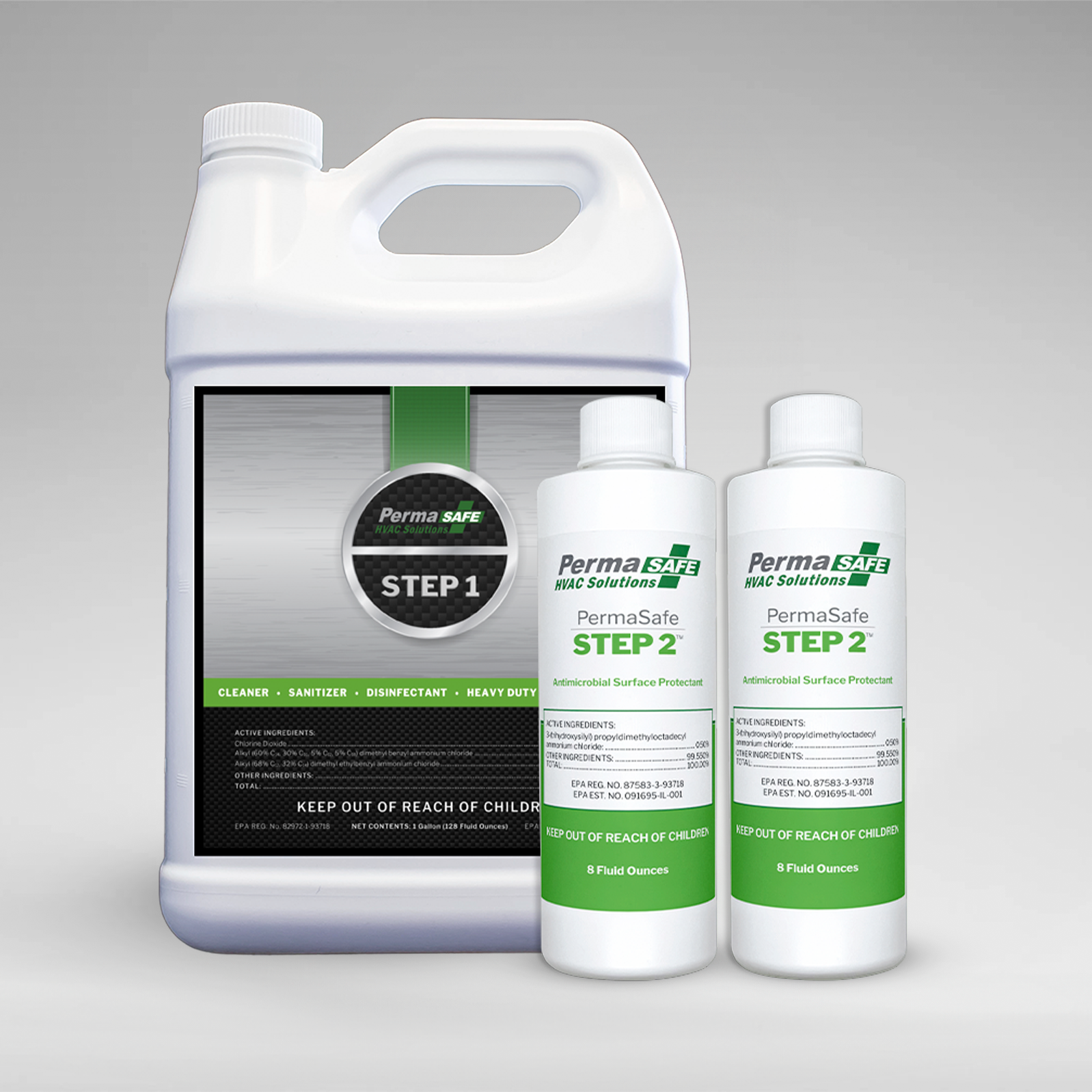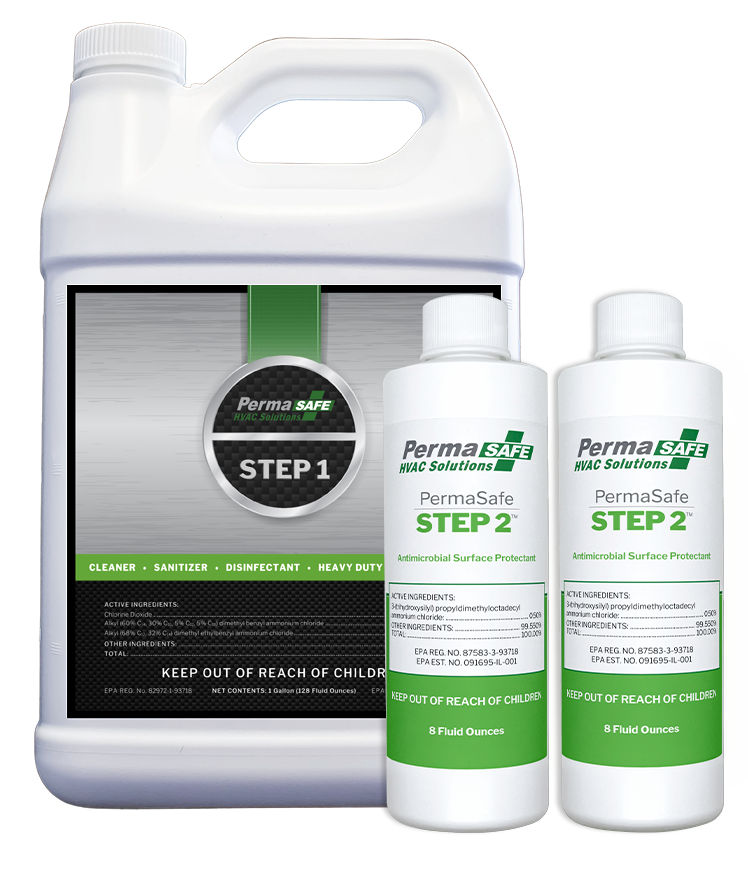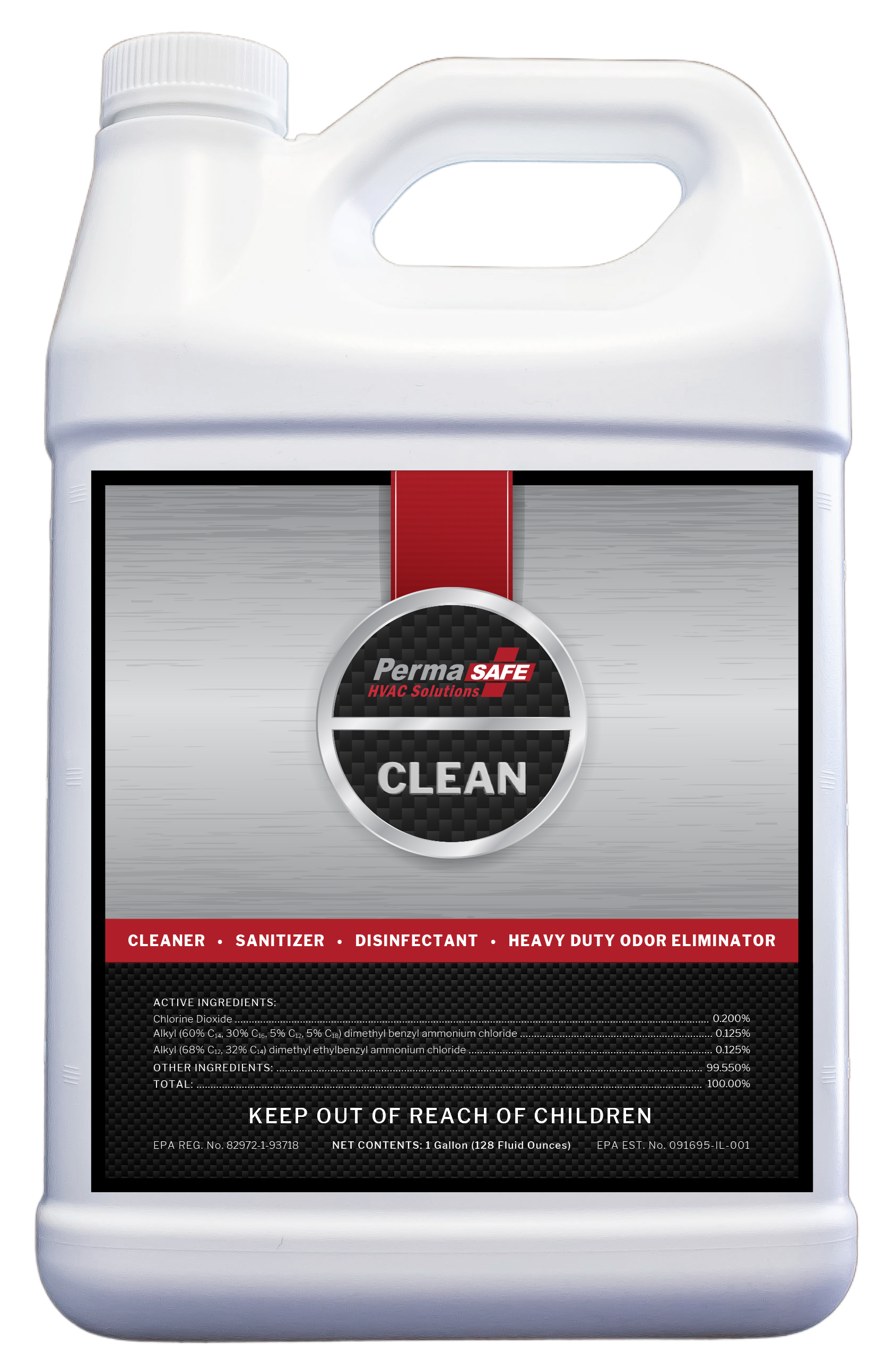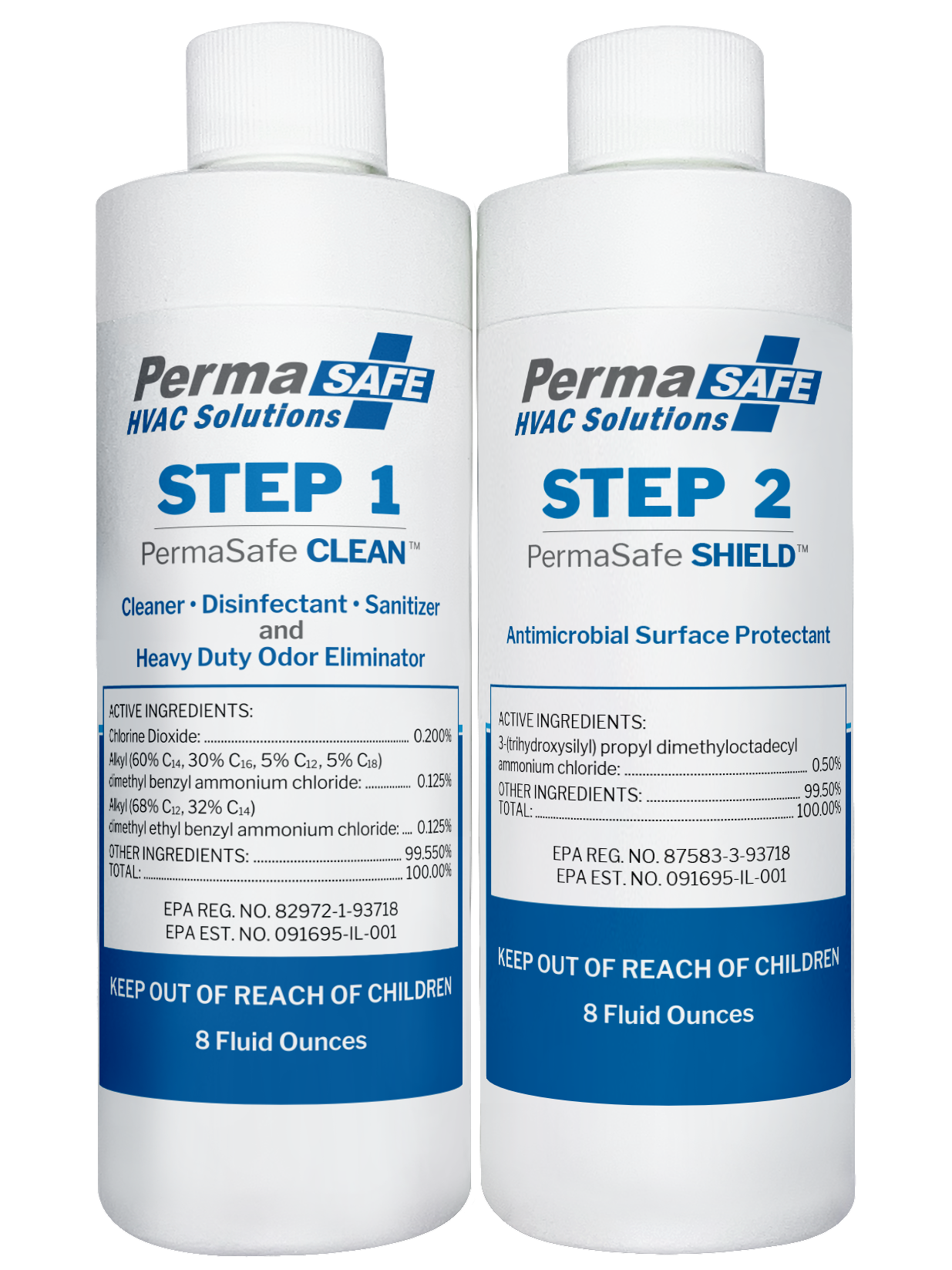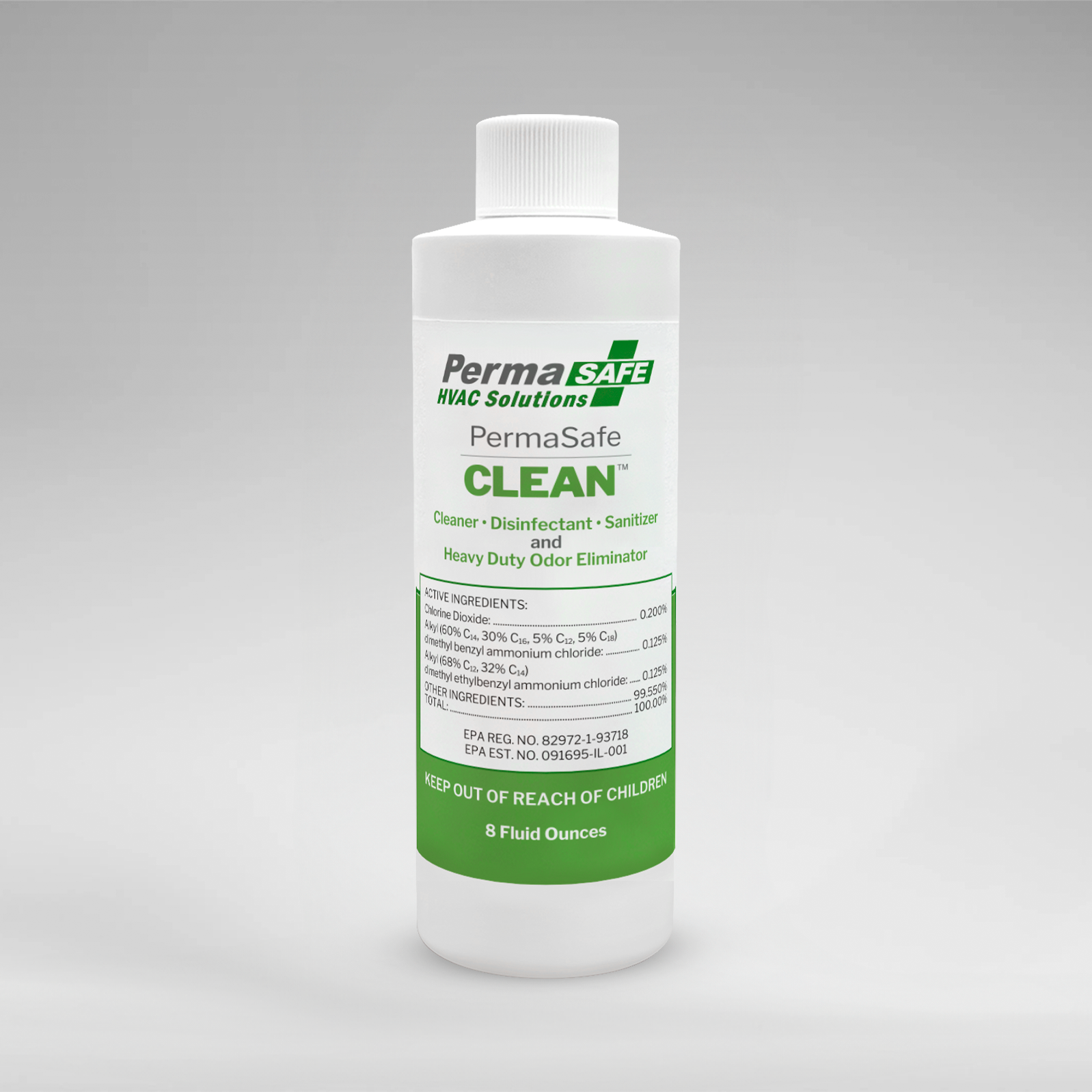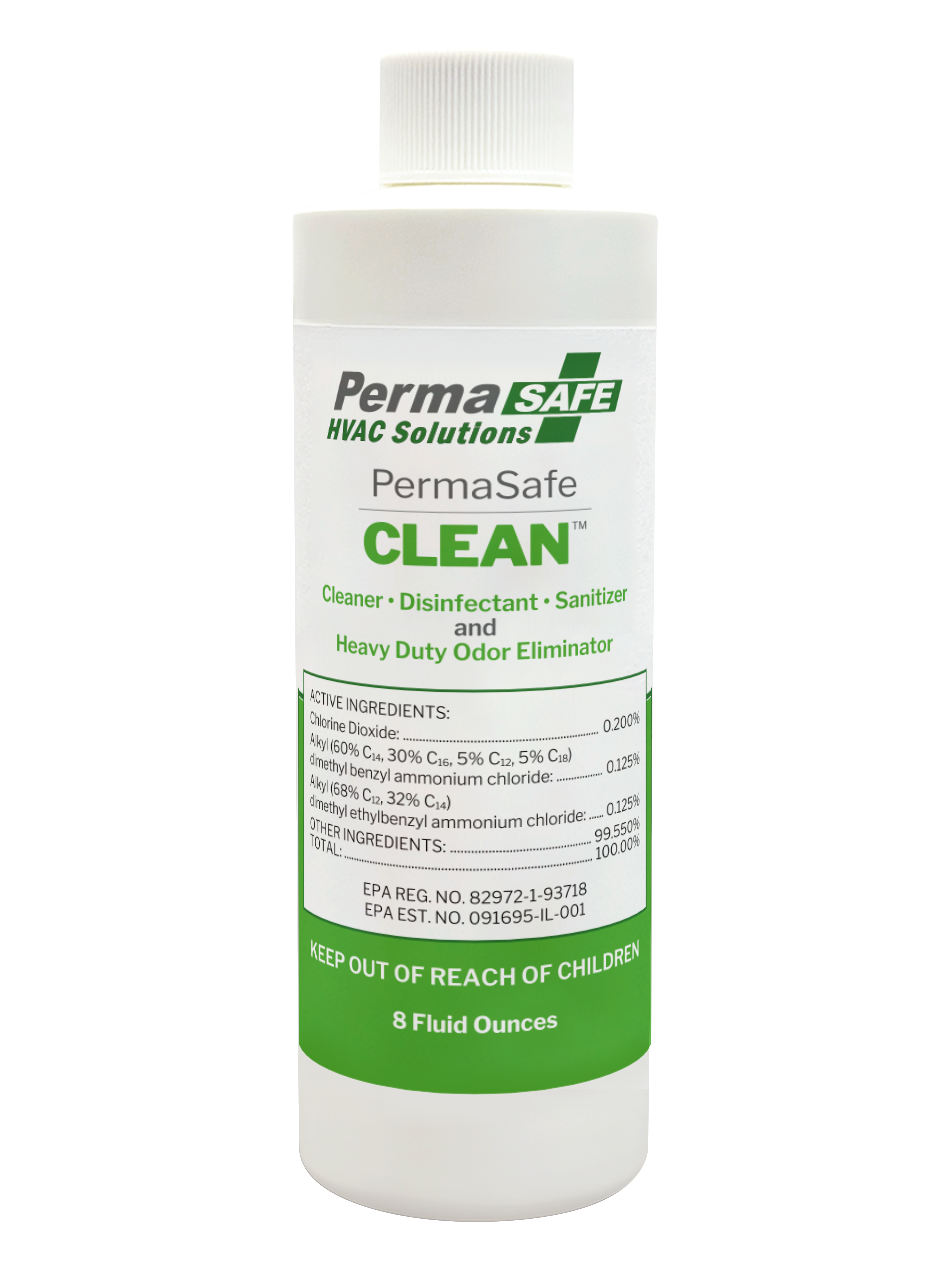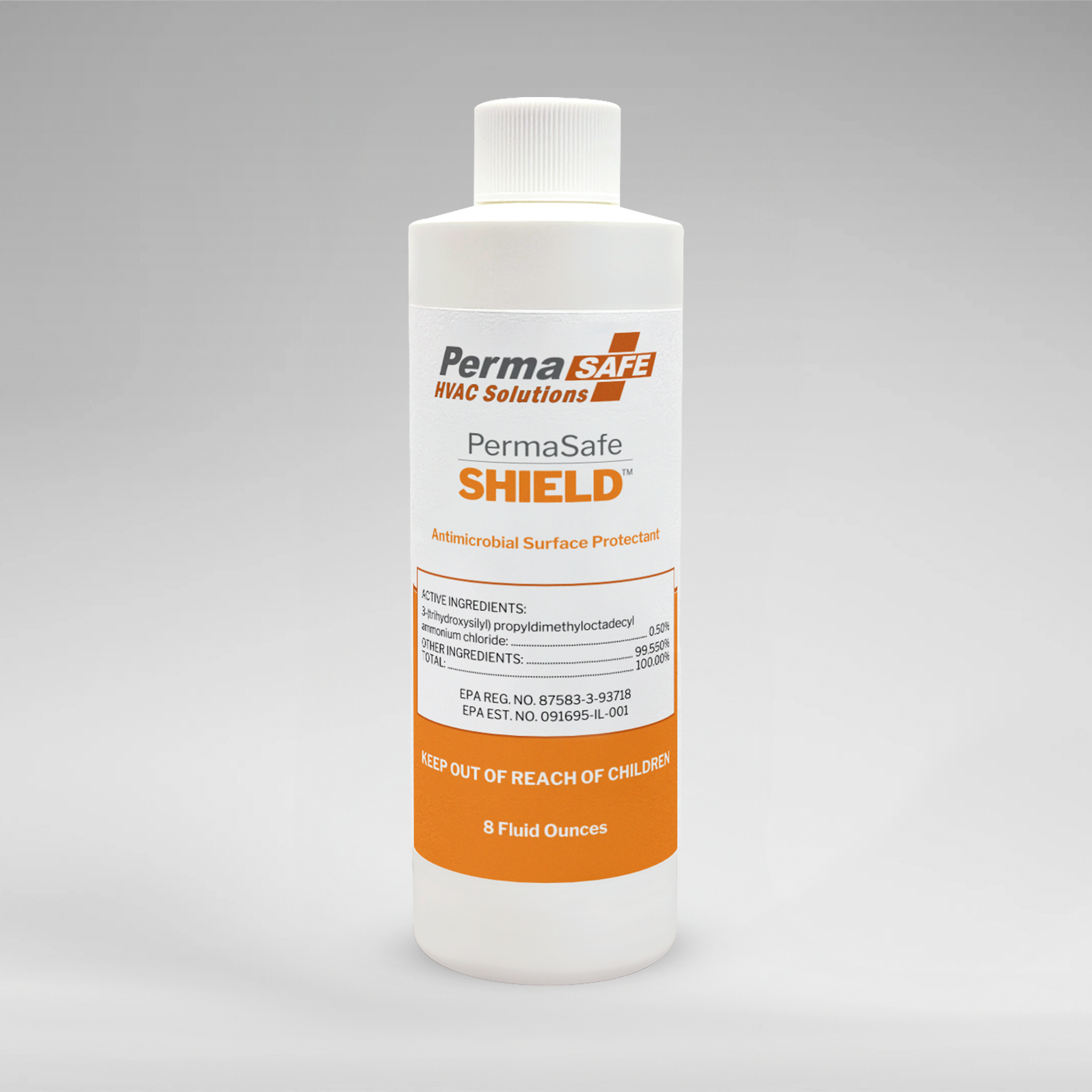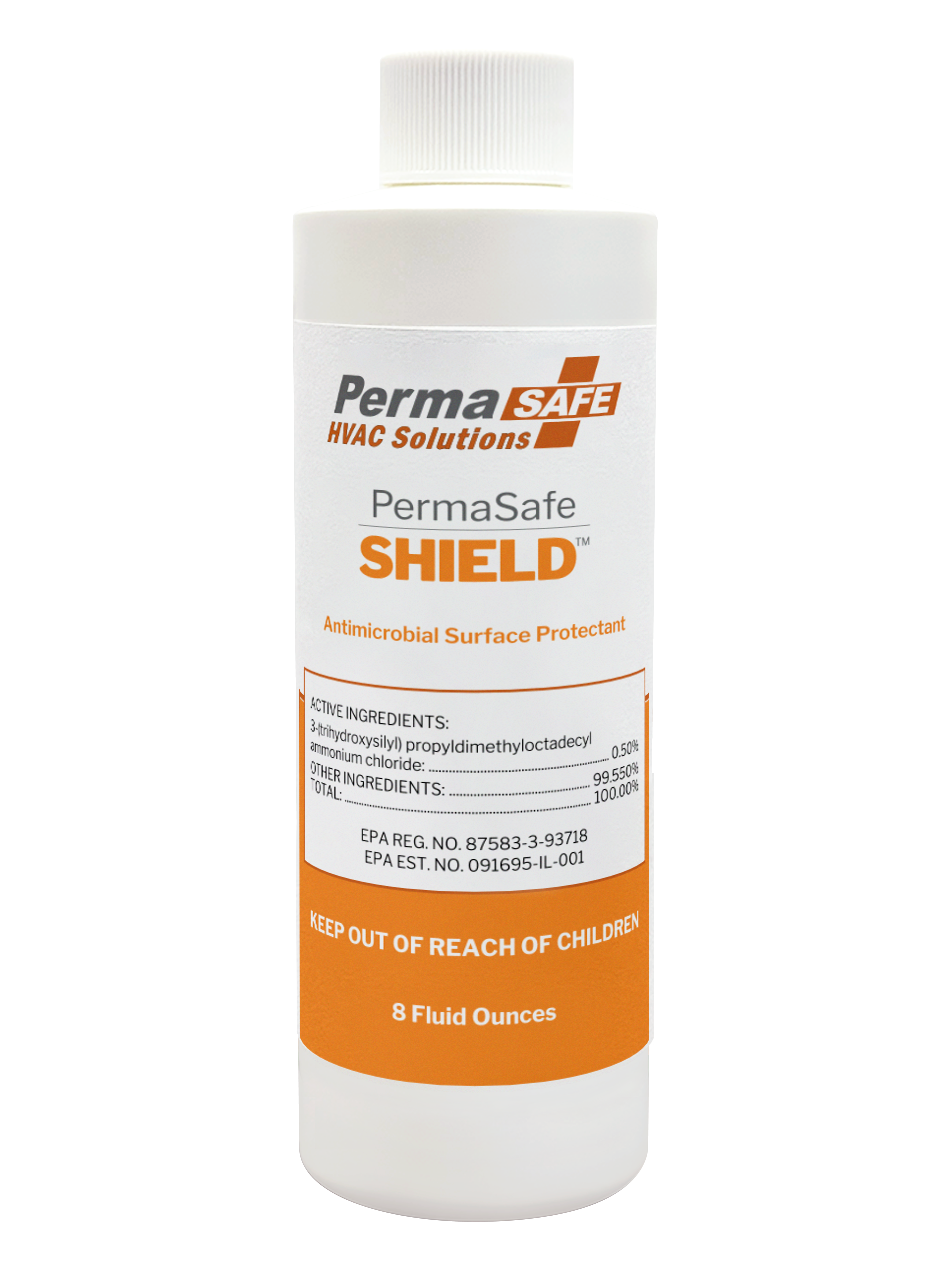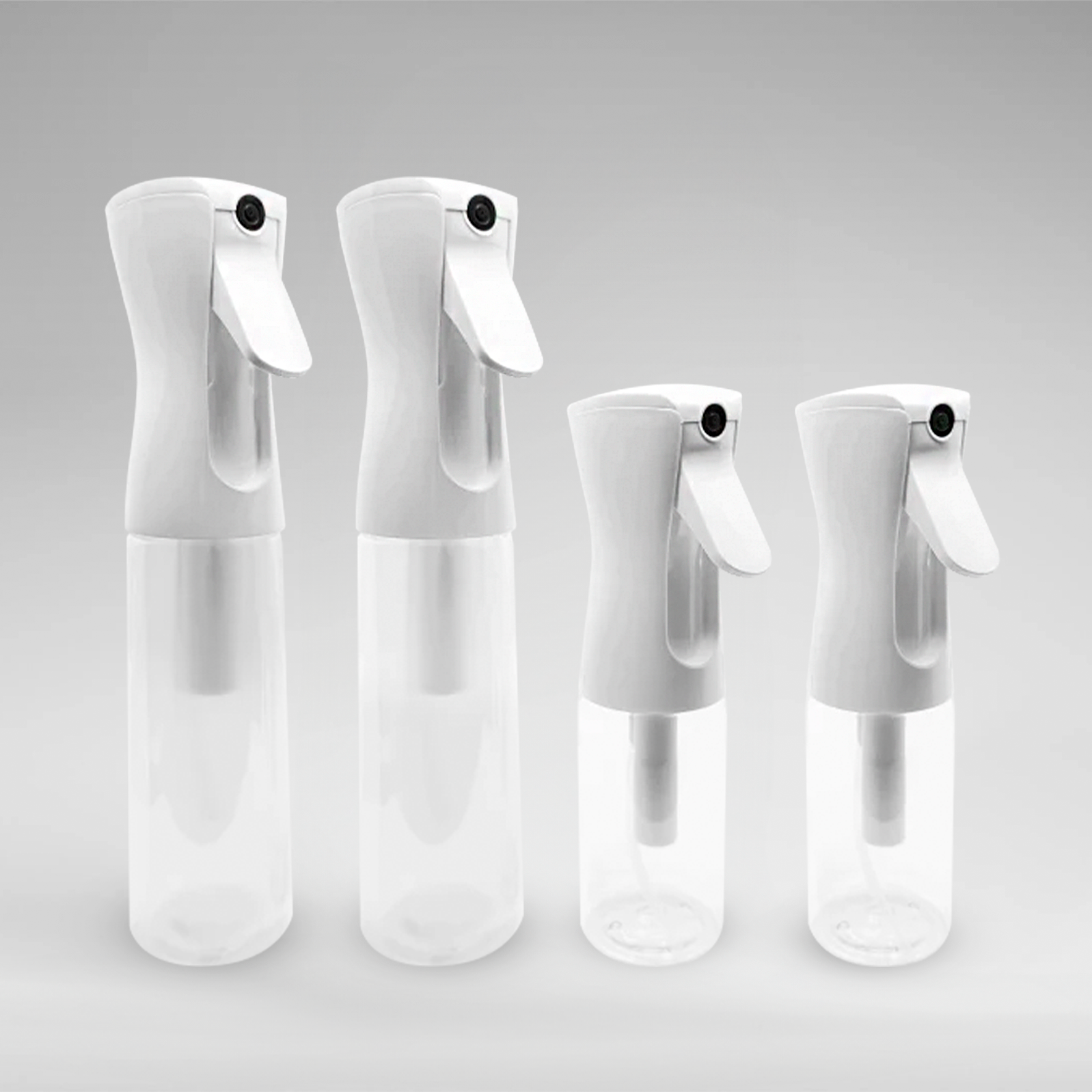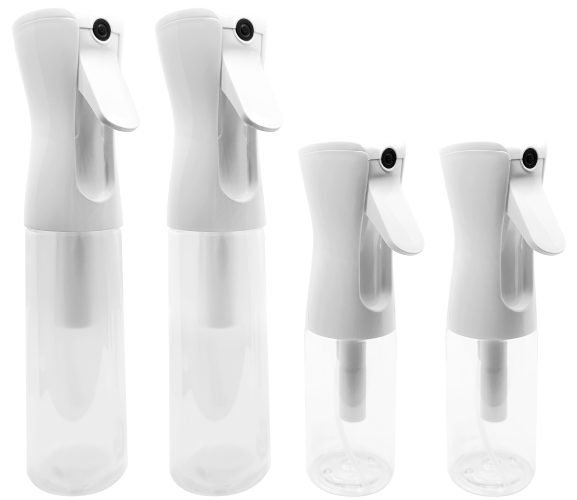Featured collection
Mold Removal And Prevention Treatment
Sale priceFrom $74.95
All Surface Antimicrobial Shield
Sale priceFrom $79.95
Germicidal Evaporator and Component Cleaner
Sale priceFrom $49.95
Antimicrobial Air Filter Treatment
Sale priceFrom $10.95
System and Air Duct Hygiene Maintenance Kit
Sale priceFrom $24.95
System And Air Deodorizer
Sale priceFrom $10.95
Condensate Drain Line SHIELD
Sale priceFrom $14.95
Condensate Pan Cleaner and Shield Kit
Sale priceFrom $19.50
Handpump Continuous “Fogging” Spray Bottles
Sale priceFrom $15.00






